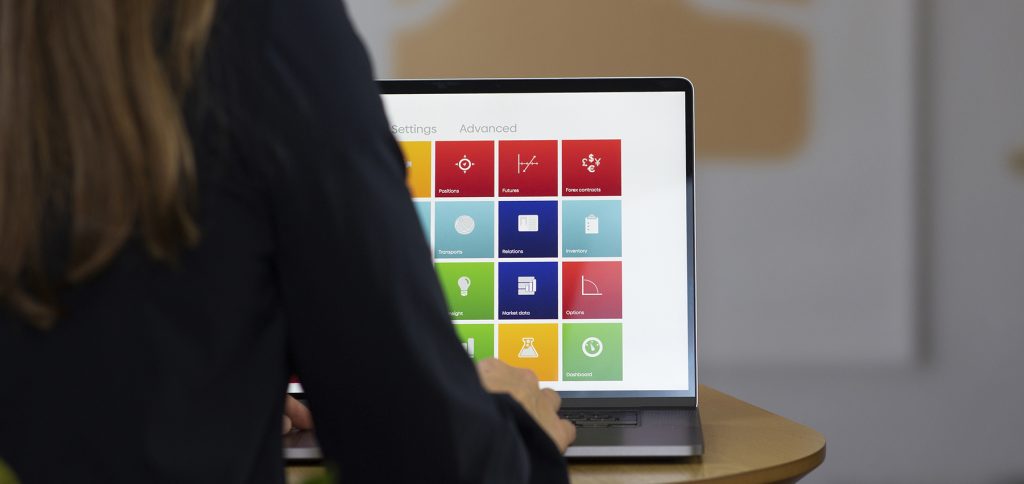The only thing that is certain in commodity trade is change. Change is the one constant whether that change is due to regulation, taking advantage of new trading opportunities, external events that impact everyone; such as the exit of a trader from the market for example or, the introduction of new instruments and markets, just to name a few. Companies need to adapt to these changes quickly to stay competitive. Commodity Trading and Risk Management (CTRM) software is a crucial tool for managing commodity trading operations effectively.
No two commodity trading firms are identical in terms of their business strategy, commodities traded, risk appetite, trading partners, and reporting needs. As a result, industry analysts advise that any packaged software solution will only meet 70-80% of business requirements at best. Therefore, CTRM software needs to be flexible, configurable, and personalized to meet the unique needs of each trading business.
To address this issue, CTRM software must be highly configurable and customizable, so that it can be used by a wider range of trading businesses with minimal re-coding. However, the more configurable and flexible the software becomes, the more complex it can feel to the end user. Therefore, modern technologies and architectures, such as service-oriented architectures and xml services, are used to develop CTRM software that is highly configurable without being overly complex.
Agiblocks is one such CTRM software solution that has been built using modern technologies and architectures. It is a flexible and customizable solution packed with functionality that is easy to use and easy to configure for your business. We have experienced the pain of trying to implement overly complex CTRM solutions for our clients in the past. We have understood where the issues lie, observed where improvements in design might be made and we have applied this expertise and experience in developing Agiblocks.

CTRM automation: too versatile?
One of the questions often asked is whether commodity trade and risk management is too versatile to automate with CTRM software. In most instances, the answer is no. Good software design, the right development tools, and practical experience have demonstrated that packaged CTRM software can be flexible, configurable, easy to install, and use.
So yes, CTRM automation is possible.
The commodity trading industry is continuously evolving, and CTRM software must keep up with the changes to remain relevant. With the right development tools and practical experience, CTRM software can be automated to provide traders with the tools they need to remain competitive in an ever-changing market. Agiblocks is a modern CTRM solution that demonstrates how software can be both flexible and easy to use.
Don’t believe us? Take a look at our Agiblocks Tutorials or take us up on our offer of a hands on demonstration: our free demo.

